Given something like this, presuming the {UUID} is your replacement "variable":

It is probably so simple it escaped you. All you need to do is create a text file, say UUID.txt:

(with sample data say "12345678U910" as text in the file)
Then all you need to do is replace the {UUID} in the URL with a dynamic token for a file. Delete the {UUID} portion, then right click in the URL line where it was and select
Add Dynamic Value -> File -> File Content :

You will get a drag-n-drop reception widget:

Either press the "Choose File..." or drop the file into the receiver widget:

Don't worry that the dynamic variable token (blue thing in URL) doesn't change yet... Then click elsewhere to let the drop receiver go away and you will have exactly what you want, a variable you can use across URLs or anywhere else for that matter (header fields, form fields, body, etc):

Paw is a great tool that goes asymptotic to awesome when you explore the dynamic value capability. The most powerful yet I have found is the regular expression parsing that can parse raw reply HTML and capture anything you want for the next request... For example, if you UUID came from some user input and was ingested into the server, then returned in a html reply, you could capture that from the reply HTML and re-inject it to the URL, or any field or even add it to the cookies using the Dynamic Value capabilities of Paw.







